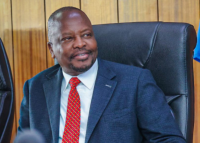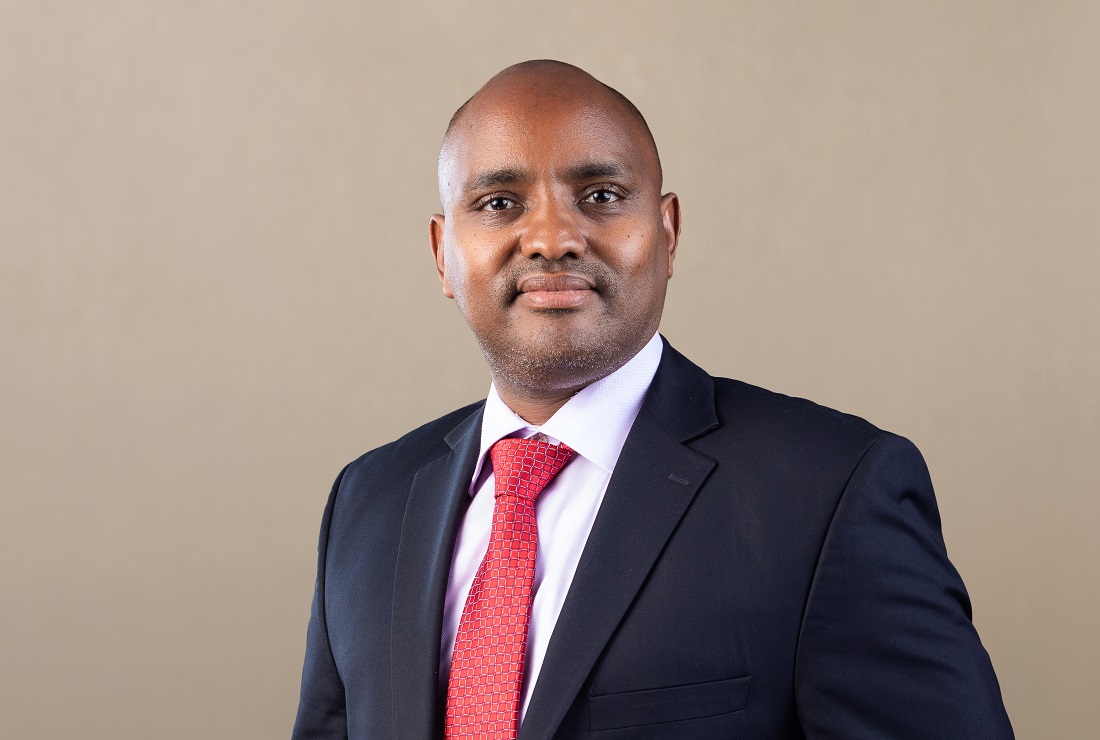Good Staffing Models
Staffing models are crucial to any form of business because there is a direct link between staffing models and organizational strategy. Good staffing models streamline strategic directions while at the same time improve employee productivity. Human resource managers and other administrative personnel often complain about the lack of results after implementing changes in their staffing duties.
Additionally, some managers claim that there is no link between staffing changes and organizational performance. These negative responses emanate from the fact that such mangers may not have utilized good staffing models to improve their organizational strategy.
Improving Organizational Effectiveness
Businesses that implement good staffing models will translate these benefits into all aspects of the organization. The most important of all is the financial department. Managers who implement sound staffing models will not waste valuable company resources employing unnecessary employees.
This substantially reduces the overall costs of the business and may encourage competitive pricing. Such companies can afford to offer special prices, bonuses, and discounts because they have minimized their overall operating costs. Consequently, they can still run at a profit.
Operating Cost
Not only do staffing models reduce overall operating cost within any given company, but they also improve quality. When human resource managers or general managers decide to employ sound staffing strategies, then chances are only the most appropriate employees will be selected for the job.
This implies that such employees will commit themselves towards achieving organizational goals and will go a long way in ensuring that such employees perform to their maximum. It is a known fact that overall productivity in any company is directly linked to individual efforts – an aspect that is adequately covered in good staffing models and staffing strategies.
Employee’s Potential
Most organizations tend to perform poorly within their respective markets because their employee’s capabilities are never fully utilized. However, staffing models give human resource managers the chance to tap almost all of their employee’s potential. If everyone in an organization is working at his or her optimum, then such an organization is likely to supersede its competitor’s performance.
Specialists Verses Generalists
Staffing models are also particularly important in ensuring the right balance between specialists and generalists. Many organizations make the mistake of employing too many specialists. Such large levels of employee supply may outstrip demand and cause heavy losses for the company in question.
On the other hand, a company with very few specialists is unable to perform certain tasks and functions thus impeding its productivity and overall performance in the market. Therefore, companies need to make sure that the number and quality of specialists and generalists meet organizational needs. Staffing models provide businesses with the framework for rationalizing and balancing the latter mentioned groups.
Ingredients
Staffing models are a representation of the relationship between staffing costs and time utilization by employees. Additionally, they also indicate the kind of activities that occur within the organization and why employees perform those duties and functions. Staffing models give managers a chance to critically analyze how employees spend their time in the organization.
SEE ALSO >> Making the Public Service Bolder and More Proactive
This also acts as a platform for assessing the most effective way of going about organizational duties. Normally, staffing models are depictions of how all the latter issues relate to one another through the following;
- Reports
- Graphs
- Charts
- Other analytical tools
Also, some companies may choose to treat these staffing models as tools for forecasting staffing needs in the future. In fact, there is a primary function of staffing models. Most organizations may not necessarily know how to link staffing functions in the future together with overall product range. The charts and reports used in staffing models allow such a forecast because they are scientifically based and therefore have the backing of good analytical techniques.
Job Positions
In short detail, staffing models provide the basis for determining the job posotions that utilize most of the activities in the organization and those ones that use the least amount of job activity. In relation to this, staffing models also give reasons for various outcomes in the workplace.
This allows human resource managers to assess job positions that are particularly important to the organization and those ones that are not. Because the latter are assessed based on explanations for those performances, then organizations may get an opportunity to sieve out unproductive areas.
Link Between Time and Costs
Staffing models also provide a link between time and costs involved in the following organizational functions:
- Customer segments
- Products
- Processes
As these are all crucial parts of the business, then there is need to relate them with their cost on organizational performance.Staffing models usually work by relating skills with time. On their own, managers may not accurately predict the types of staff members needed at any time.
Staffing models are the framework within which managers can achieve this goal. Managers can use staffing models to predict the kind of staffing needs that will arise in the future depending on the time allocated to different skills in the present time.
Moreover, staffing models allow managers to link activity allocation to some of the root causes in the organization. For instance, they usually examine why certain activities yield the results that they do at any one time. Staffing models are created in such a way that they can be applied in the future.
Consequently, managers using this model will become smarter in their respective environments and will also have the ability to bring about change in their organizations in the future. This goes a long way in ensuring that unnecessary problems are eliminated.
Range of Organizations
Staffing models may be applied in a wide range of organizations. For instance, in a company that offers insurance services, their staffing model may entail all the hours spent by the underwriting department, the claims department, accounting, life insurance department and so on.

The total time allocated to all the activities in the insurance firm needs to determined and the fraction spent by each activity determined. Such a model may also include the costs to the business for performing any of the activities in the latter mentioned departments. It is also important to remember that after the time allocation have been recorded, savings made by those department needs to be written in terms of financial implications
Wholistic Approach
Staffing models may also apply to a financial institution such as a bank. Normally, each and every department within the organization will be expected to implement staffing models. For example, the Letter of Credit department may have a staffing model of their own while the account opening section may also have their own staffing models.
READ >> How Businesses Can Survive the Coronavirus Pandemic
Taking the example of the Letter of credit department, their staffing models may have a large number of activities. Despite the fact that some activities yield low levels of returns, all activities should be included because these small changes have the capacity to bring significant cost implications to the respective organization if left unchecked.
Furthermore, staffing models for that department can also include a link between the job positions available and time allocated to specific products offered by the department under consideration.
Different Activity Requirements
Staffing models can become particularly important in cases where the company under consideration offers their services nationwide or internationally. It is possible to find that such organizations create over seventy staffing models; one for every city of operation. Normally, such reports will entail client needs and the skills needed to fulfill them.
Different cities may have different activity requirements different activity requirements and most of them may not posses the ability to change their respective organizations. Some of the benefits that could come out of staffing models for such nationwide institutions include;
- Lowering training costs
- Increasing employee retention rates
- Improving customer service
These benefits will be achieved after an analysis of city-city requirements within any one town.
Primary Activities
While staffing models usually take account of primary activities, it is important to note that there are activities that may be repetitions from previous failures. Organizations that fail to pay attention to this aspect of their business may not be very successful at improving overall effectiveness.
Consequently, staffing models should include all the work conducted by given job positions more than once. Those job positions that tend to do a lot of repetition represent unproductive or underproductive sections of the company. Managers need to ensure that such scenarios are kept at a minimum.
Variety of Staffing Models
There are a variety of staffing models to choose from out there, consequently, some firms may decide to hire outside help in the form of private consultants. The latter have experience with the kind of staffing models that work for particular groups and also ways of implementing them.
However, not all organizations may choose to outsource. Generally, it may be necessary to meet with those specialty firms to discuss the most appropriate staffing model. On the other hand, if a firm decided to implement staffing models independently, then they also need to decide on the type of staffing.
Information Collection
Deciding on the most appropriate staffing model is the hardest task because it will dictate all other steps that follow thereafter. The next step is to collect information from all staff members within the organization. This is something that may entail a period of one month or more depending on the size of the organization.
Larger institutions with nationwide branches may require more time than other average sized ones. Additionally, data collection heavily relies on the nature of activities. Some pieces of work may require too much time while others take up very little so this all depends on the organization in question.
In Depth Analysis
The human resource department or the team given the responsibility of implementing staffing models will be expected to prepare a staffing model report. The purpose of such a document is to come up with an in-depth analysis of the job positions, cost and activities performed within the given organization.
Preparation of the report usually takes a period of one week or more depending on the size of the organization. These can be placed in the form of Microsoft excel files or other suitable methods of report writing.
Companies located in different parts of the country may require higher capital to implement staffing model projects in comparison to those ones located in one part of the city.
Information is quite useless if the people is was intended for fail to understand it. Managers need to explain all the details of the staffing model report to their respective employees in order to enhance the spirit of transparency within the organization.
Some of the best methods of data collection and presentation can be irrelevant to an organization if managements do not go out of their way to explain them to their employees. For that reason, there should be a review of the graphs and charts utilized in each model to enhance overall adaptation of such a system in the community.
Future staffing needs
After a review, there should be an analysis of future staffing needs within the organization. This part employs effective use of predictive patterns. Here, the human resource manager needs to ascertain that he relates future job patterns with:
- Job design
- Product volume
- Product type
One can make use of the results presented in the review stage to come up with a relationship between the latter aspects and staffing needs related to changes in them.
Companies may have to spend minimal or large amounts of money on implementing staffing models depending on nature and size of their business. Those companies that have a large number of unique job positions may have to employ large amounts of financial resources towards such a process. Also, companies located in different parts of the country may require higher capital to implement staffing model projects in comparison to those ones located in one part of the City. Lastly, the total number of staff largely determines staffing model project costs.
Benefits of Staffing Models
It is important to note that very many companies testify to the kind of benefits they receive from staffing models. For instance, most of them use staffing models to streamline organizational goals with generalist and specialist employees. The latter are also linked to the nature of customer segments, products and processes offered by that particular company.
The overall result of making such linkages is to improve overall quality and production in the company. It is also possible to minimize on overall cost to the company by ensuring that they can predict the nature of problems arising in the future thus making issues less complicated for them.
Managers normally use staffing models; to predict problems in the future by creating different scenarios and determine how those scenarios could affect different parameters in the organization. The predictions depend upon the results obtained in other previous experiences. By playing around with different scenarios, managers can find out the most appropriate staffing method by calculating optimum conditions.
Managers should implement optimum conditions immediately and may witness positive results after a period of twelve weeks after completing their staffing model projects. This will ensure that the company is always above its competitors.
The Road Ahead
Staffing models are particularly important within an organization because they allow employers the chance to focus only on the most important employees while getting rid of unwanted posts and positions. This is cost effective and makes companies more competitive.
In addition, staffing models allow employers to tap employees’ full potential because the staffing model guides them on the most appropriate activities, products and processes within the organization. Staffing models are crucial in the process of choosing the most productive employees. This leads to better production and quality.
Organizations that want to implement staffing strategies need to go through a series of steps in order to ensure effectiveness.
First, there is need to select the kind of staffing models to be used and whether they will require help from an outside firm or they will implement it independently. Second, companies need to collect data. This depends on product type and organizational size.
Third, the company needs to compile a report indicating the relationship between job positions, activities conducted in the company and overall cost to the company. Fourth, there will be a review to analyze the report.
This is then followed by forecasting procedures where various product types, product volumes and customer segments are changed. The latter will be related to cost and managers must then settle on the idea that delivers the most cost-effective method to be used.
Consequently, the best approach in the use of staffing models and strategies is to apply the most appropriate one. This means one that is both cost-effective yet at the same time top quality.












Leave a comment